Ethyl-maltol, aldehyde, calone... Much less evocative than rose or tuberose, they nevertheless have an important place in the olfactory palette of perfumers and are at the origin of the creation of many famous juices.
Noses enthusiasts or novices, we are sure that these names, poetic to say the least, are familiar to you. And for those to whom this means nothing, these are simply synthetic odorous molecules - in other words, manufactured in the laboratory - which we find in your perfumes but also your cosmetics and sometimes even your food.
But ultimately, what are the smells hiding behind these scientific – and for some unpronounceable – names ? To know inside out all the olfactory secrets of the synthetic molecules present in your perfumes, continue reading!
I. History and definition of synthesis
As you will have understood, chemistry and the discovery of synthesis in the 19th century decisively changed the perfume industry. It is thanks to the latter that the industry is as we know it today: rich and with infinite possibilities. But why has synthesis shaken up the industry so much?
In the form of powder, liquid or crystals, synthetic raw materials have various advantages. Broadly speaking, they allow perfumers:
- to recreate odors found in nature at low cost,
- to expand their palette with smells that do not exist (food scents) or that are impossible to extract naturally (like certain woods, certain fruits and certain flowers that we call “dumb” flowers),
- to extract interesting components from a natural raw material,
- to protect animals and replace rare raw materials, sometimes threatened with extinction and to resolve certain problems linked to supply conditions,
- and finally, to provide stability to the compositions due to their simple structure and much less complex than their natural friends - which can be made up of more than 200 molecules like jasmine or vanilla for example - while on the side of the synthesis, chemists choose and use as they wish, the synthetic odorous molecules that interest them for the creation of their juice.
Obtained artificially in the laboratory, using various chemical processes , synthetic molecules can:
- perfectly reproduce the smell of a natural molecule , we then speak of “identical nature”.
- be the result of molecules isolated from their natural structure , slightly synthetically modified to give them odorous properties that they did not originally have. In this case, we speak of semi-synthesis .
- be totally imagined , invented and created in the laboratory. This is called total synthesis and the resulting products are so-called “artificial” molecules .
At Bastille, our perfumes are composed of 5% synthesis. We know that synthesis is a subject of debate, but for us: natural and synthesis complement each other. It is above all a question of balance .
Not everything is bad in synthesis and not everything is “clean” in nature. This is why all our ingredients (synthetic and natural) are carefully selected with respect for the planet and your skin to give life to exceptional accords : you will find only quality ingredients and above all zero endocrine disruptors, phthalates, parabens. , solvent, stabilizer, coloring, anti-UV filters obviously no CMR classified ingredient. Perfuming yourself with complete freedom is now possible with Bastille .
To find out more about synthetic molecules: their history, their use, their controversy and how to ensure that they are safe, we invite you to visit our dedicated article ! That being said, let's now get to the heart of the matter: what exactly does a synthetic molecule smell like?
II. The main synthetic notes in perfumery
Let's go for a little olfactory stroll around the synthetic molecules most used by Noses .
We would have loved to list all the synthetic molecules and their characteristic smell, but out of 4000 raw materials in the perfumer's palette, 90% come from synthesis - that's a lot but don't panic, you will find in the rest of the article , the best-known synthetic molecules. This should be more than enough to shine at your next family dinner!
The precursor: coumarin
Coumarin is the very first synthetic ingredient to be used in perfumery.

A naturally occurring substance, coumarin was first extracted for the first time in 1820 from tonka beans by Heinrich August von Vogel. It was then synthesized in 1868 by the chemist WH Perkin then improved for industrial marketing in 1877. A few years later, in 1882, it was used by the perfumer Paul Parquet to create Fougère royale - perfume at the origin of the creation of the accord and the so-called "fern" family (composed of lavender, geranium, woody notes and of course coumarin, essential to the constitution of this accord).
It is generally found as a base note in many perfumes because it is very popular for its role as a fixative and its olfactory complexity: both sweet , powdery , creamy and almondy , it can also evoke freshly cut hay , straw or more blond tobacco.
Animal notes: amber and musk
The following synthetic raw materials are the result of the supervision and/or banning of their natural version in perfumery . Coming from animals, animal notes are essential scents in perfumery: often used as base notes, they help reinforce other notes already present in perfumes. They bring strength to compositions due to their tenacity and strength.
On the other hand, if they are today replaced by synthetic alternatives it is quite simply because they are rare (and therefore expensive) and their extraction conditions are not always respectful of our animal friends. Here are the best known of them:
Ambroxan
In its natural state, ambroxan comes from ambergris which is none other than sperm whale secretions found and recovered dry and hardened on the beaches (yes, yes). Today, this natural raw material is replaced by a synthetic alternative for reasons of ethics, price and quality - because the quantity of ambergris harvested each year is very uncertain, as is its quality.
Its synthetic equivalent was thus discovered by the chemist Max Stoll in 1950 to primarily meet the needs of perfumers : it was by slightly modifying sclareol - the structure of clary sage - that he discovered that a molecule had an odor close to that of ambergris.

This raw material appeals to many noses: very rich and faceted , ambroxan is most of the time used as a base note . It offers woody , amber , even animal scents, and is very popular in oriental compositions for its sensuality and warmth.
You can also find it in:
- Un Deux Trois Soleil , our playful oriental from the collection where amber brings roundness and warmth to the composition
- but also in Bataille , our incandescent woody where amber reveals more of its woody facets
- and even more surprising, in Hors-Piste , our modern and sassy eau de Cologne which perfectly reproduces one of our favorite cocktails: gin and tonic - to be consumed in moderation of course!
Musks
The synthetic musks that we use today in perfumery smell clean , have a cottony and slightly fruity smell. Discovered in the 1950s, so-called “white” musks, i.e. laboratory musks, replace musk of animal origin, now banned because its harvest could lead to the death of the animal.
A more respectful and cruelty-free alternative, the smell of synthetic musks nonetheless remains different from its natural equivalent: in its pure state, buckshot musk releases an extremely strong and intense odor with woody and animal notes while laboratory musks smell clean... Natural musk and synthetic musks are different and not equivalent.
Other animal raw materials (castoreum, hyraceum, etc.) have also been replaced by synthetic (and even natural) alternatives due to their regulation or ban - to find out more about this, go to our dedicated article “Animal notes: perfumes of scandal” .
Aldehydes
Now let's move on to aldehydes . These are synthetic molecules existing in the natural state, particularly in the zest of citrus fruits.
Introduced for the first time in a synthetic state in fine perfumery in 1921 with the creation of the famous "Chanel N°5", aldehydes are classified by number of carbon atoms ranging from C6 to C12 . Depending on their number, their smell differs. However, they are all more or less recognizable by their metallic, greasy, hot smell and can be more or less orange , squeaky , soapy , sometimes with an "iron" effect . They generally give flight and power to floral arrangements.
For the more expert, we see you coming! There are indeed aldehydes going beyond C12. On the other hand, they are not part of this category of molecules previously described. The C14, C16 and C18 aldehydes have different olfactory facets and are part of a completely different family, that of lactones… But we will come back to that later in the article!
Vanilla
Gourmet , reassuring , sweet , regressive but also sensual , suave and voluptuous , vanilla and more precisely vanillin (main odorous constituent of vanilla) is a raw material which can be used in its natural state in the composition of your juices. But its long and meticulous extraction process makes vanilla a rare and expensive natural raw material - around €170 per liter.
Picked while still fresh, the vanilla is first immersed in boiling water (scalding stage), covered for at least 24 hours (steaming stage) and left to dry for many months before delivering its sublime perfume... This is why it is often replaced by synthetic alternatives :
- synthetic vanillin,

- and ethyl-vanillin, a synthetic derivative 10x more powerful than vanillin

This challenge of synthetically reproducing vanillin was also taken up by two chemists Wilhelm Haarmann and Ferdinand Tiemann in 1874. This discovery was major in perfumery, because it made it possible to reduce costs while maintaining the "authenticity" of vanilla. .
It was a few years later, in 1920, that ethyl-vanillin, a synthetic derivative of vanillin, appeared on the perfumers' organ. It has the smell of vanillin while being 10 times stronger. Its price is higher than synthetic vanillin but remains much cheaper than natural vanilla.
Please note, however, that vanillin and ethyl-vanillin do not have the same complexity and the same olfactory richness as natural vanilla : the synthetic equivalents give off a more delicious and sweet vanilla odor while natural vanilla can offer many more possibilities and different facets - hot, smoky, sweet, smooth, woody, spicy or even tobacco.
Calone, the smell of sea spray
Odors of algae , iodine , sea spray ... The marine notes let out invigorating, fresh notes of salt water which give this feeling of freedom reminding us of the crisp sea air.
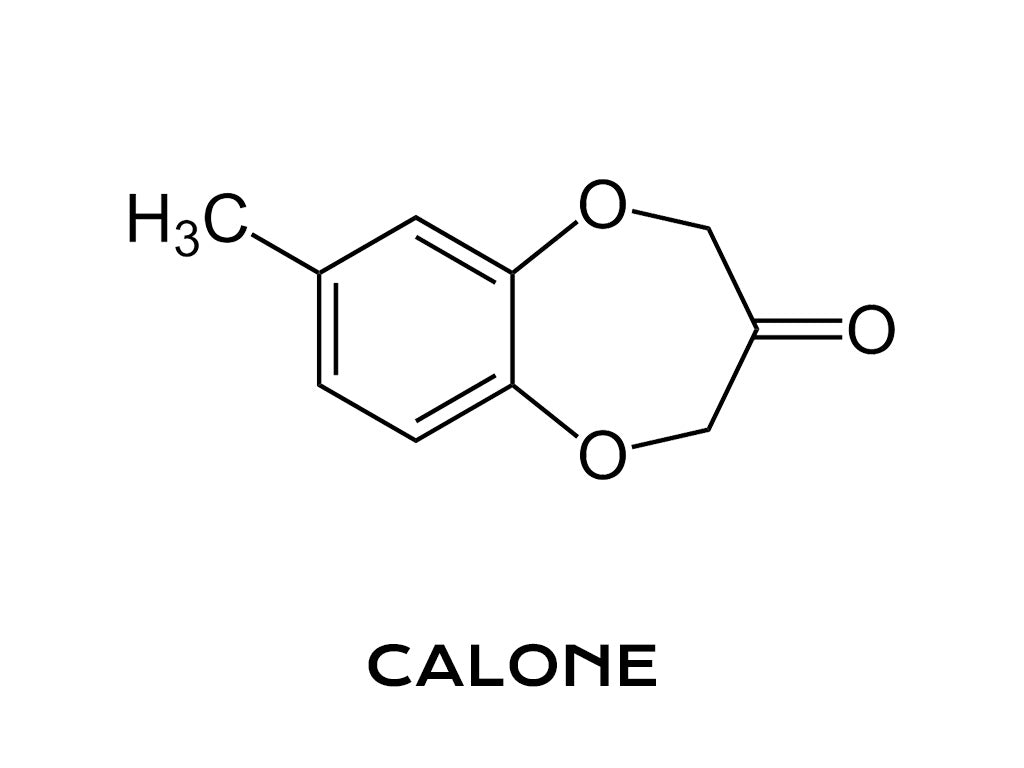
Blue cypress, lotus, sea samphire, seaweed, oak moss with its iodized tones or even watermelon and melon for their watery notes, the marine notes generally present in the top notes of a perfume have arrived safely - in your bottles - thanks to a synthetic raw material: calone (technically called Calone 1951), a synthetic molecule discovered in 1966!
Its structure, similar to that of the pheromones produced by certain species of algae and its watery, iodized odor, were discovered following a disappointing experiment which was originally intended to give rise to the creation of an additive for use pharmaceutical.
This unexpected discovery definitely allowed perfumers to take the plunge and even discover other synthetic molecules with sea spray odors such as melonal, floralozone or evernyl - a slightly wood moss note. Marine…
Lactones
Lactones are a family of synthetic raw materials that can be recognized by their fruity , velvety and creamy odor reminiscent of peach, apricot and coconut. They flooded perfumery in the 2000s, notably with Guerlain's Mitsouko perfume - but also the food industry, particularly in yogurts and sweets, for example. Among them, we find:
- the famous Coumarin which, with its notes of cut hay, almond and hazelnut can recall the smell of Cleopatra glue - if you were the type to sniff it during drawing, Un Deux Trois Soleil, our mischievous oriental with notes of almond, heliotrope and tonka bean, you might like it!
- gamma-undecalactone , an apricot or peach syrup.
- Undecalactone delta which smells like hot milk.
- and also Aldehyde C18 ! Mentioned earlier in the article, this aldehyde is not one of the aldehydes previously described - just like C14 and C16 aldehydes, Aldehyde C18 is a fruity and delicious synthetic note.
The delicious smell of ethyl maltol
We end on a gourmet note, we named ethyl-maltol !

A synthetic molecule discovered in 1969 , ethyl-maltol is widely used today since the success of the great gourmand oriental Angel by Thierry Mugler, launched in 1992.
It is an artificial derivative six times more powerful than its natural friend, maltol, which is found in cocoa and roasted malt. Its smell of caramel , of cooked fruit with accents of praline , makes it a molecule widely used in perfumery and is used to create gourmet accords with sweet , ultra- indulgent and regressive notes.
Addictive or unbearable (to each their own after all!), ethyl-maltol nonetheless remains an omnipresent synthetic raw material for “feminine-gourmand” perfumes.
Now you know what most of the synthetic molecules present in your bottles smell like!
Moreover, if you would like to discover more synthetic molecules and their odorous properties , know that you can find the complete list of ingredients in our perfumes on our website and the role of each synthetic ingredient in the formula! For example, Ethyldecadienoate/cis-4 trans-2 is used in Rayon Vert for its green and pear notes and Undecalactone - delta is used in Demain Promis for its milky facets and peach notes. We told you that you would become ace in synthesis ;)
-----
Sources: ScenTree.co , Nose , sylvaine-delacourte.com







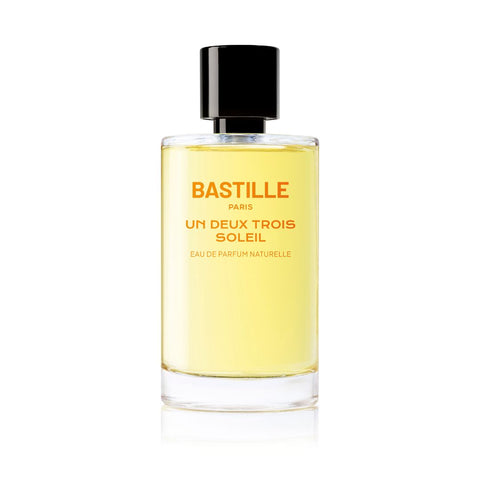



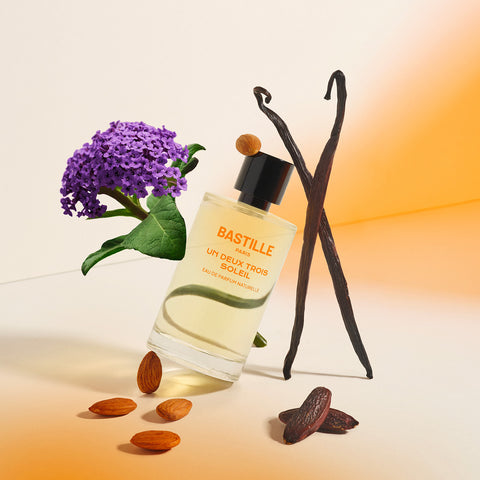
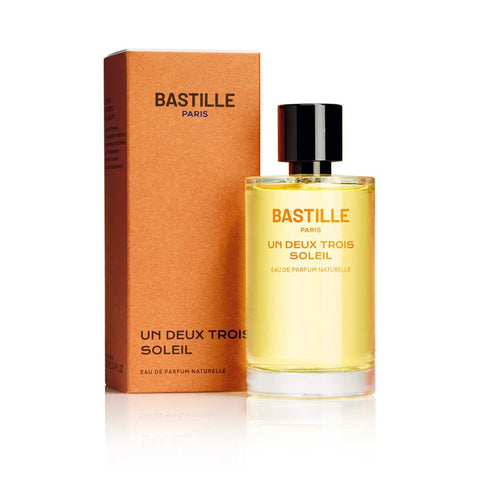
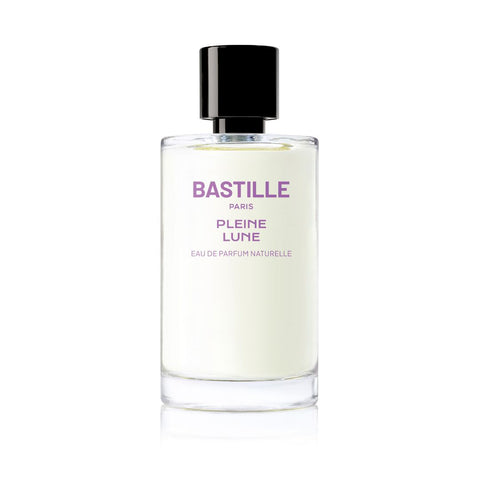
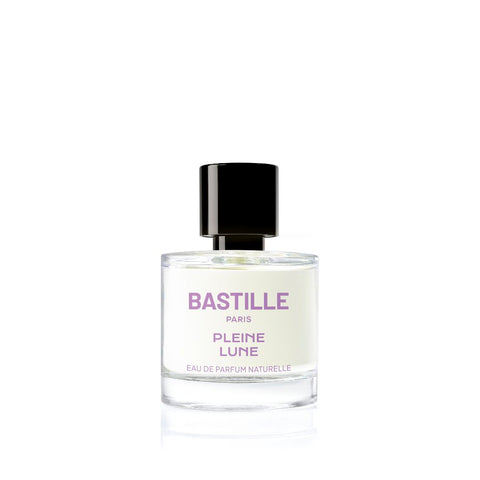
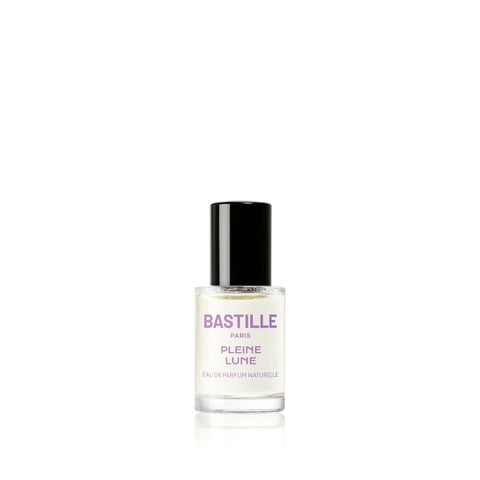
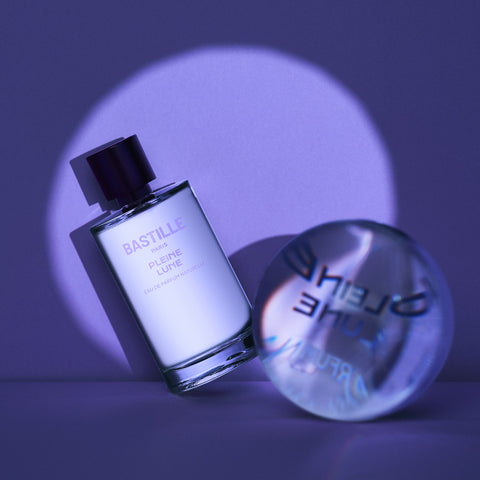
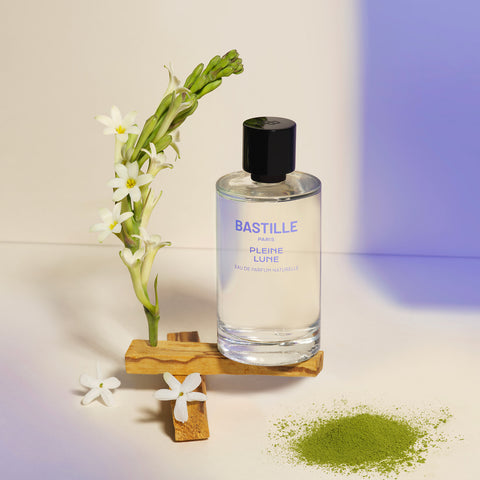
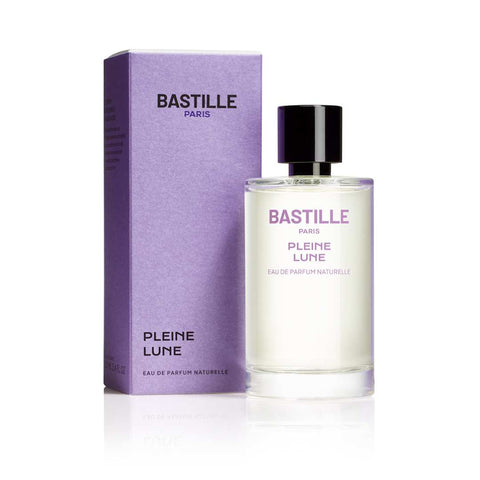

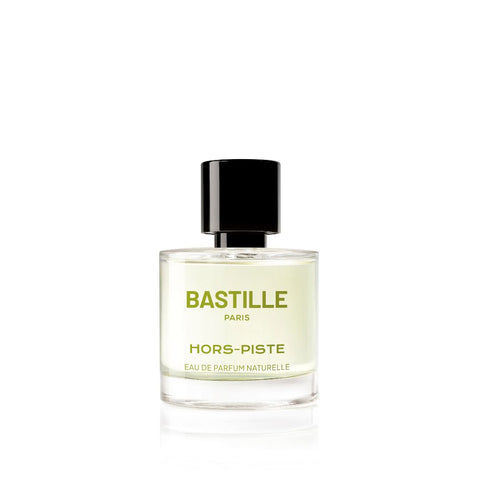

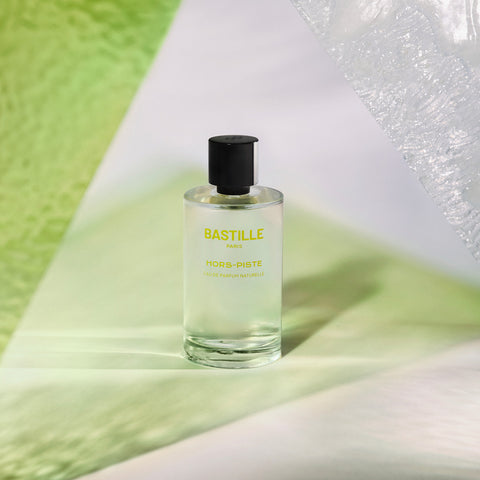

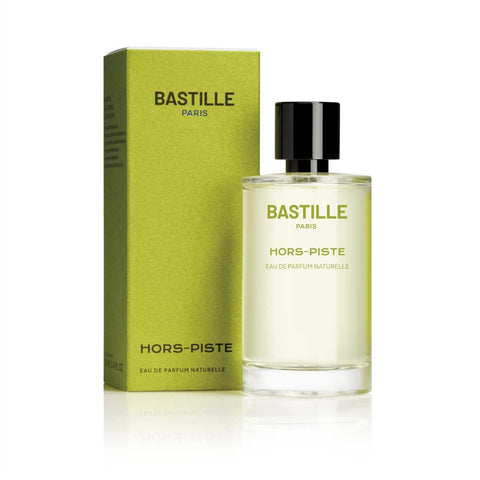

Comments (0)
There are no comments for this article. Be the first one to leave a message!